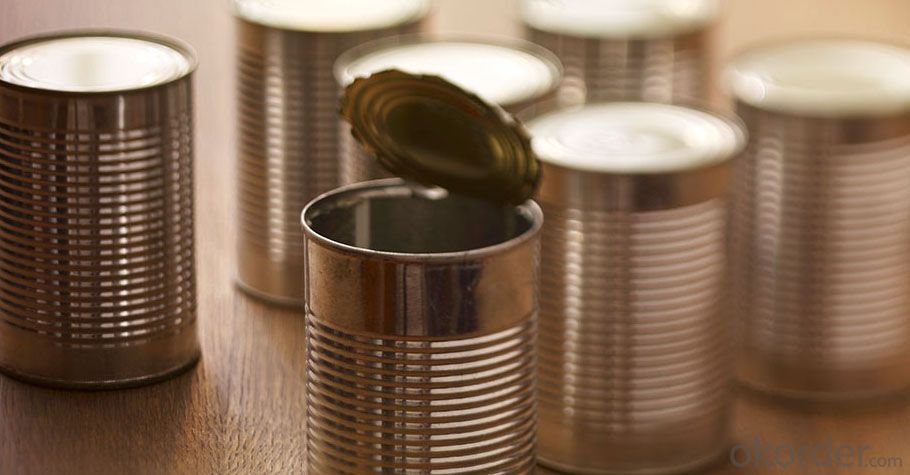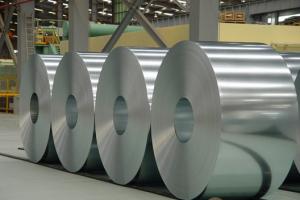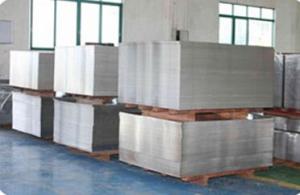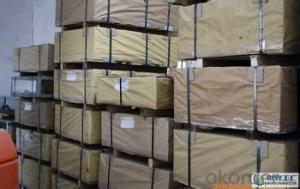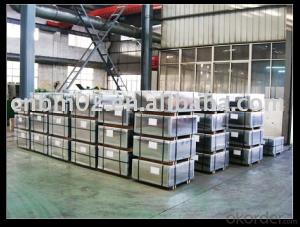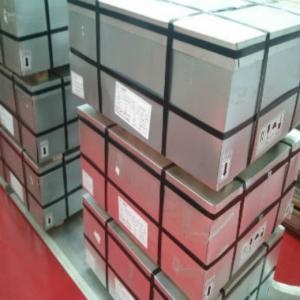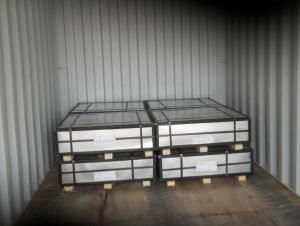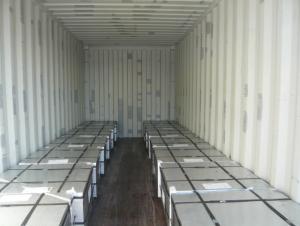Sheets Coils Tinplate for Crown Caps Food Cans
- Loading Port:
- Tianjin
- Payment Terms:
- TT OR LC
- Min Order Qty:
- 100 m.t.
- Supply Capability:
- 40000 m.t./month
OKorder Service Pledge
OKorder Financial Service
You Might Also Like
Specification
Structure of Sheets Coils Tinplate for Crown Caps Food Cans Description
| Steel Type | MR | ||
| Temper(BA&CA) | T1~T5, DR8, DR9 | ||
| Coating | 1.1~11.2g/m2 (Both Equal and Differential) | ||
| Thickness and tolerance | 0.15~0.50mm(Tolerance: _+0.01 mm) | ||
| Width & tolerance | 300~1000mm (Tolerance: 0~3mm) | ||
| Cut length & tolerance | 450~``50mm (Tolerance: 0~3mm ) | ||
| Coil inside diameter | 420/508mm | ||
| Coil Weight | 3~10 MT | ||
| Passivation | 311 | ||
| Oiling | DOS | ||
| Surface Finish | Bright, Stone, Silver, Matte | ||
| Packaging | Seaworthy Standard with wooden pallet | ||
| Standards Available | GB/T2520, JIS G3303, ASTM A623M & EN10202 | ||
| Special specitications are available on request. | |||
Main Features of Sheets Coils Tinplate for Crown Caps Food Cans China
Tinplate can ensure food hygiene and minimize the possibility of corruption, effectively
prevent the danger to health, but also in line with modern convenience in tinplate packaging
of canned food diet, rapid demand, tea packaging, coffee packaging, health careproduct
packaging, candy wrappers, cigarette packaging, gift packaging, food packaging containers
are preferred.As well as other miscellaneous cans of the oils and fats cans, chemicals
cans, beverage cans, spray cans, and and so on on.
Sheets Coils Tinplate for Crown Caps Food Cans Images
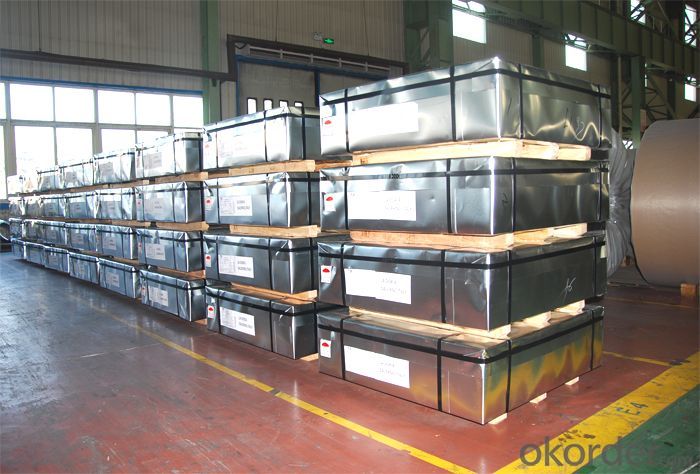
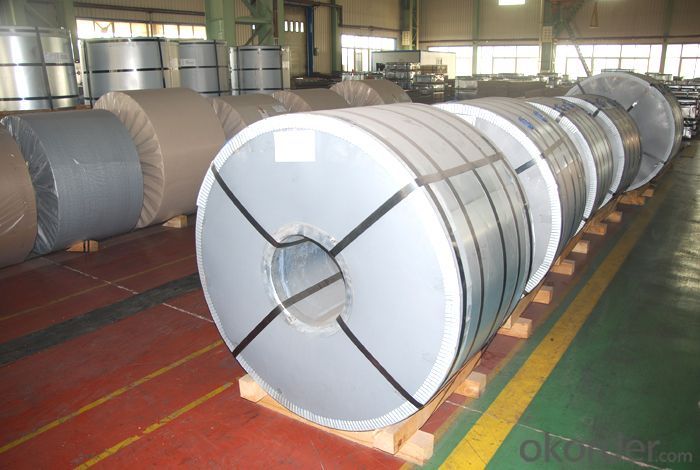
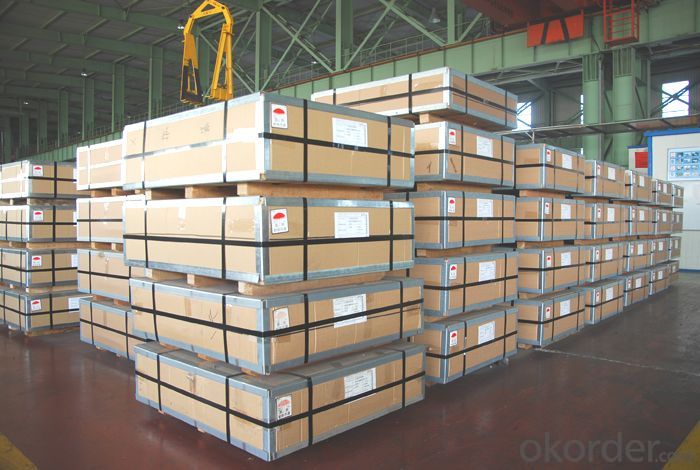
Sheets Coils Tinplate for Crown Caps Food Cans China Specification

FAQ of Sheets Coils Tinplate for Crown Caps Food Cans
How long does it take to get the product if i place an order?
With the process of your requirements,we will pack and deliver in 3-7 days.If it is by sea shipment,it will take 15-45 days depending on different locations.
- Q: What are the quality control measures for tinplate production?
- Quality control measures for tinplate production typically include various inspections and tests at different stages of the manufacturing process. Some common quality control measures include: 1. Raw material inspection: The quality of the steel used for tinplate production is assessed, including its chemical composition, thickness, and surface finish. Any deviations from the desired specifications are flagged. 2. Coating inspection: The tin coating applied to the steel is examined for uniformity, adhesion, thickness, and absence of defects like pinholes or scratches. This ensures the protective and aesthetic qualities of the tinplate. 3. Surface inspection: The surface of the tinplate is inspected for any visible defects such as dents, scratches, or irregularities. This ensures the overall quality and appearance of the final product. 4. Dimensional control: Tinplate sheets or coils are measured to ensure they meet the specified dimensions and tolerances. This includes verifying the length, width, thickness, and flatness of the tinplate. 5. Tinplate performance testing: Selected samples are subjected to various mechanical and chemical tests to assess their performance. These tests can include assessments of corrosion resistance, adhesion, hardness, and tin coating integrity. 6. Packaging inspection: The final tinplate products are inspected for proper packaging, labeling, and protection. This ensures that the tinplate reaches customers in good condition and meets their expectations. By implementing these quality control measures, manufacturers can maintain consistent product quality, meet customer requirements, and ensure the reliability and functionality of tinplate products.
- Q: What are the different types of tinplate coatings?
- There are primarily three types of tinplate coatings: electrolytic tinplate (ETP), tin-free steel (TFS), and black plate.
- Q: Can tinplate be used for HVAC systems?
- Yes, tinplate can be used for HVAC systems. Tinplate is a commonly used material in the construction of ductwork and air handling units due to its corrosion resistance, durability, and ease of fabrication. It provides a reliable and cost-effective solution for HVAC applications.
- Q: Can tinplate be used for packaging hazardous materials?
- Yes, tinplate can be used for packaging hazardous materials. Tinplate is a robust and durable material that provides excellent protection against external elements and corrosion. It is commonly used for packaging hazardous materials such as chemicals, paints, and aerosols due to its ability to withstand the potential risks associated with these substances. Additionally, tinplate is easily recyclable, making it an environmentally friendly choice for packaging hazardous materials.
- Q: How is tinplate stored?
- Tinplate is typically stored in a dry, well-ventilated area to prevent moisture and humidity from causing corrosion. It is advisable to stack the tinplate sheets or rolls on pallets or shelves, ensuring they are kept away from direct contact with the ground to avoid damage. Additionally, it is important to protect the tinplate from any potential sources of scratching or denting during storage.
- Q: How does tinplate packaging contribute to reducing food waste?
- Tinplate packaging helps reduce food waste by providing a durable and protective barrier that extends the shelf life of food products. Its resistance to oxygen, light, and moisture helps prevent spoilage and maintains the freshness of food for longer periods. Additionally, tinplate packaging is 100% recyclable, promoting sustainable practices and reducing environmental impact.
- Q: What are the main challenges in tinplate labeling?
- The main challenges in tinplate labeling include ensuring the label adheres properly to the curved surface of the tinplate, maintaining label legibility and durability despite potential exposure to moisture, heat, or other harsh conditions, and avoiding label peeling or lifting due to the rigidity of the tinplate material. Additionally, achieving accurate and consistent label placement can be challenging due to the irregular shape and size variations of tinplate containers.
- Q: How does tinplate perform in terms of resistance to UV radiation?
- Tinplate generally provides good resistance to UV radiation due to its metallic coating, which acts as a protective barrier against the damaging effects of the sun's rays. However, prolonged exposure to intense UV radiation can still cause some degree of degradation over time.
- Q: Is it necessary for the two cold rolling in the process of tinplate production, such as tempering and cold rolling (also called flatness)?
- Generally used in rolling and sheeting. The tinplate is usually below 0.2mm and needs to be subjected to 2 cold rolling. Of course depends on the thickness of the raw material.
- Q: Can tinplate be used for ammunition?
- Yes, tinplate can be used for ammunition. It is commonly used for shotgun shells and some types of small caliber ammunition. Tinplate provides durability and corrosion resistance, making it suitable for preserving the integrity of ammunition during storage and transportation.
Send your message to us
Sheets Coils Tinplate for Crown Caps Food Cans
- Loading Port:
- Tianjin
- Payment Terms:
- TT OR LC
- Min Order Qty:
- 100 m.t.
- Supply Capability:
- 40000 m.t./month
OKorder Service Pledge
OKorder Financial Service
Similar products
Hot products
Hot Searches
Related keywords


